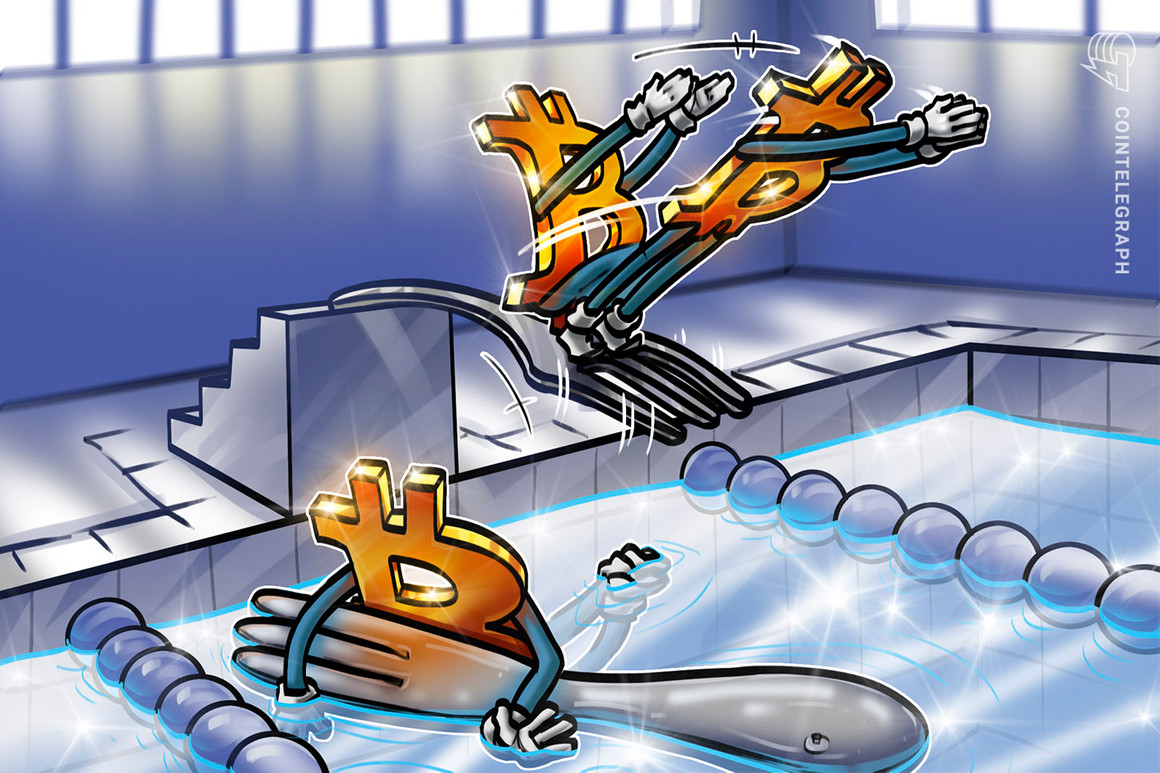The start of June saw negative price action across the cryptocurrency market after the U.S. Securities and Exchange Commission brought fresh lawsuits
The start of June saw negative price action across the cryptocurrency market after the U.S. Securities and Exchange Commission brought fresh lawsuits against the world’s largest exchanges, Binance and Coinbase.
However, the sentiment quickly turned bullish after a crucial exchange-traded fund proposal was filed by the world’s largest asset management firm, BlackRock, on June 16. A wave of ETF fillings and institutional trading interest in digital assets followed BlackRock’s ETF filling.
The launch of EDX Markets backed by Wall Street giants Fidelity Investments, Citadel Securities, and Charles Schwab on June 20 fueled a particular sector of the market in Bitcoin forks like Bitcoin Cash (BCH) and Bitcoin SV (BSV) and other proof-of-work (PoW) cryptocurrencies like Kaspa (KAS).
The exchange debuted with Bitcoin (BTC), Ethereum (ETH), Litecoin (LTC) and BCH. The inclusion of BCH catalyzed an uptrend across other Bitcoin forks.
Among the top gainers in June, three Bitcoin forks populated the list, followed by Kaspa and FLEX Coin (FLEX). FLEX benefited from its integration with Open Exchange, backed by co-founders of the bankrupt Three Arrows Capital digital fund.
In comparison, Bitcoin’s monthly gains stood at 11.94%, as it traded above the $30,000 level for the first time since April 2023.
CoinFlex (FLEX) receives short-term boost from link with 3AC co-founders
CoinFlex announced a transition to bankruptcy claim exchange, Open Exchange (OPNX), in May 2023. The token’s price reached a 13-month high of $4.37 on June 27.
Open Exchange is backed by co-founders of now bankrupt venture fund, Three Arrows Capital. Reportedly, the co-founders face $1.3 billion in liability from their actions that exacerbated the losses of the fund.
Still, the duo continued to endorse Open Exchange under a new venture fund, under the same brand as their previous fund.
CoinFLEX took an approval for a restructuring of its exchange from the Seychelles courts on March 6. Its integration with Open Exchange imparts utility to the FLEX in OPNX to settle claims and earn staking rewards.
Notably, as FLEX prices surged to 2022 peak levels, the trading volumes remained subdued at around 0.01% of the $1 billion daily volume versus now, which raises a red flag.
It represents a case of significant volatility in illiquid assets. Due to their limited liquidity, it can be easier to push the price of these coins compared to larger, more liquid assets.
Technically, the 2022 breakdown levels at around $5.08 and all-time high level of $7.56 will act as resistance levels to the upside. The token faces 80% downside risk toward $0.75, which represent the accumulation levels in May 2023.
Bitcoin Cash (BCH) riding the EDX Markets uptrend
BCH price more than doubled in June following listing on EDX Exchange. BCH was one of the four cryptocurrencies that debuted on the platform alongside BTC, ETH, and LTC.
While EDX listing acted as a positive catalyst, negative funding across perpetual swap markets and potential market manipulation on South Korean exchange Upbit are also the primary drivers of the recent uptrend.
The token’s price witnessed a combined liquidation of $21 million in June, according to an update from crypto analytics outlet The Tie. The levels are significantly higher than usual where the “daily liquidations total tens of thousands of dollars, if anything.”
The total fees paid on the Bitcoin Cash blockchain has ranged lower than $200 since the start of the year, indicating that the blockchain’s usage has been limited.
In comparison, Litecoin, which provides a similar utility, generates around 10 times larger revenue for the miners in fees than BCH. The poor fundamentals and high liquidation levels raises a yellow flag on the sustainability of the recent gains.
BSV rides the BCH wave despite poor fundamentals
BCH and BSV have a strong correlation of 0.78, which appears to be the reason why BSV enjoyed 31.4% gains in June.
BSV has been in a consistent downtrend since 2022 as the interest in the blockchain faded after the crypto bull market and its trading volumes dried up.
The token made an all-time low at $21.43 on June 10, before catching the BCH bullish tide and staging an uptrend.
Its poor performance drove miners away from its ecosystem, making a 51% attack relatively cheaper on Bitcoin SV— a one-hour attack requiring less than $2,000 compared to $1.4 million for Bitcoin, which makes the blockchain vulnerable.
Related: ‘Bitcoin Jesus’ says Ethereum is the front-runner for global crypto adoption
Kaspa (KAS) benefits from improved performance and low liquidity
Kaspa is a PoW consensus-based blockchain network similar to Bitcoin and Litecoin.
Kaspa offers a high throughput of…
cointelegraph.com
